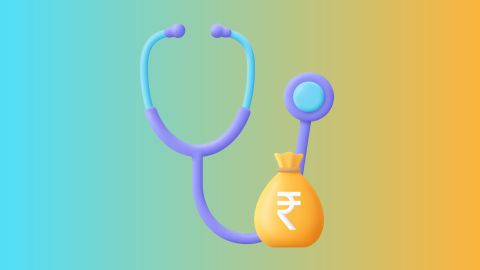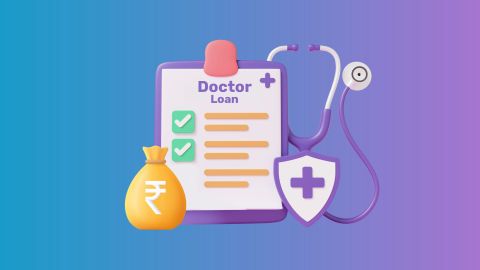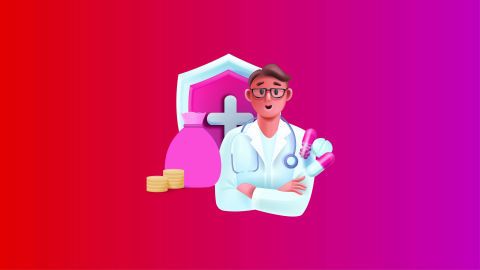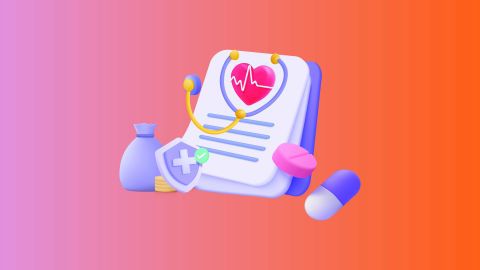When it comes to managing our health, one term that frequently surfaces are "medical records." These records are much more than mere documents; they are the cornerstone of our healthcare system. In essence, medical records are comprehensive documents that provide a detailed account of a patient’s medical history and treatment. They include everything from personal details and medical history to test results and treatment plans. Understanding the intricacies of medical records, their purpose, and their importance is crucial for anyone navigating the healthcare system. Whether you are a patient trying to keep track of your health or a healthcare professional managing patient data, grasping the concept of medical records can enhance your overall healthcare experience.
What are medical records in a hospital?
Medical records in a hospital are essential documents that track a patient's health journey from admission to discharge. A medical record is a systematic collection of data about an individual’s health status and care over time. These records typically include a variety of information such as:
- Patient demographics (name, age, address).
- Medical history (previous illnesses, surgeries).
- Test results (blood tests, X-rays).
- Treatment plans and progress notes.
- Medication records (prescriptions, dosages).
Hospitals use these records to ensure continuity of care, provide a basis for diagnosis, and track patient outcomes. Proper management of medical records ensures that healthcare providers have access to accurate and up-to-date information, which is crucial for delivering high-quality care.
Medical record documentation examples using electronic health records
Electronic Health Records (EHRs) have revolutionised how medical data is documented and accessed. Here are some examples of documentation that you might find in EHRs:
- Patient information: Includes personal details and medical history.
- Clinical notes: Detailed notes from healthcare providers about diagnoses, treatment plans, and patient progress.
- Lab results: Electronic copies of test results and diagnostic imaging.
- Medication records: Lists of prescribed medications, dosages, and administration times.
- Billing information: Details of charges, insurance claims, and payments.
Using EHRs, healthcare professionals can easily update, access, and share patient information, improving efficiency and accuracy in patient care.
3 things you did not know about your medical record
Medical records might seem straightforward, but there are some lesser-known aspects:
- Legal importance: Medical records can be used in legal proceedings as evidence, making their accuracy and completeness crucial.
- Data privacy: Medical records are protected under stringent data privacy laws, ensuring that only authorised personnel can access them.
- Long-term storage: Records are often kept for many years, even after the patient’s death, for legal and historical purposes.
What do medical records contain?
Medical records are comprehensive documents that contain various types of information, including:
- Patient identification: Basic information like name, age, and contact details.
- Medical history: Detailed account of past illnesses, surgeries, and family health history.
- Current health status: Information on current conditions, symptoms, and ongoing treatments.
- Test results: Data from laboratory tests, imaging, and other diagnostic procedures.
- Treatment plans: Records of prescribed treatments, therapies, and medications.
These components work together to provide a complete picture of a patient's health, enabling effective management and care.
What is the purpose of the medical record?
The primary purposes of medical records are:
- To provide continuity of care: Ensures that all healthcare providers have access to accurate patient information, which is essential for effective treatment.
- To facilitate communication: Helps in communicating patient information between different healthcare providers and institutions.
- To support billing and insurance: Used for processing insurance claims and billing purposes.
Medical records play a crucial role in the healthcare system, helping to streamline processes and enhance patient care.
What is the importance of medical records in healthcare?
The importance of medical records cannot be overstated. They:
- Ensure accurate diagnosis and treatment: Provide comprehensive data that helps in making informed medical decisions.
- Improve patient safety: Reduce the risk of medical errors by providing complete and up-to-date patient information.
- Enhance coordination of care: Facilitate better communication and collaboration among healthcare providers.
By maintaining accurate and detailed medical records, healthcare providers can deliver better care and improve patient outcomes.
What do medical records look like?
Medical records can vary in appearance but generally include:
- Physical records: Traditional paper files containing handwritten or printed documents.
- Digital records: Electronic versions of medical records, accessible through EHR systems.
Both types of records contain similar information but differ in format and accessibility. Digital records offer more streamlined access and easier updates compared to physical records.
What are the 10 components of a medical record?
The ten key components of a medical record typically include:
- Patient identification: Basic personal details.
- Medical history: Past and current health conditions.
- Physical examination notes: Observations from physical exams.
- Laboratory and imaging results: Test outcomes and diagnostic images.
- Treatment plans: Proposed and ongoing treatments.
- Progress notes: Updates on patient’s condition and response to treatment.
- Medication records: Information on prescriptions and dosages.
- Consent forms: Records of patient consent for procedures.
- Discharge summaries: Information provided at discharge, including follow-up instructions.
- Billing and insurance information: Details for financial and insurance processing.
These components are integral to providing comprehensive and effective patient care.
Conclusion
In managing a healthcare practice or navigating your health, understanding medical records is crucial. They are the backbone of patient care, ensuring that all relevant information is accurately recorded and accessible. If you are setting up a practice or need financial support, consider the Bajaj Finserv Doctor Loan for tailored financial solutions. Proper management of medical records not only enhances patient care but also supports the efficient running of healthcare facilities.




